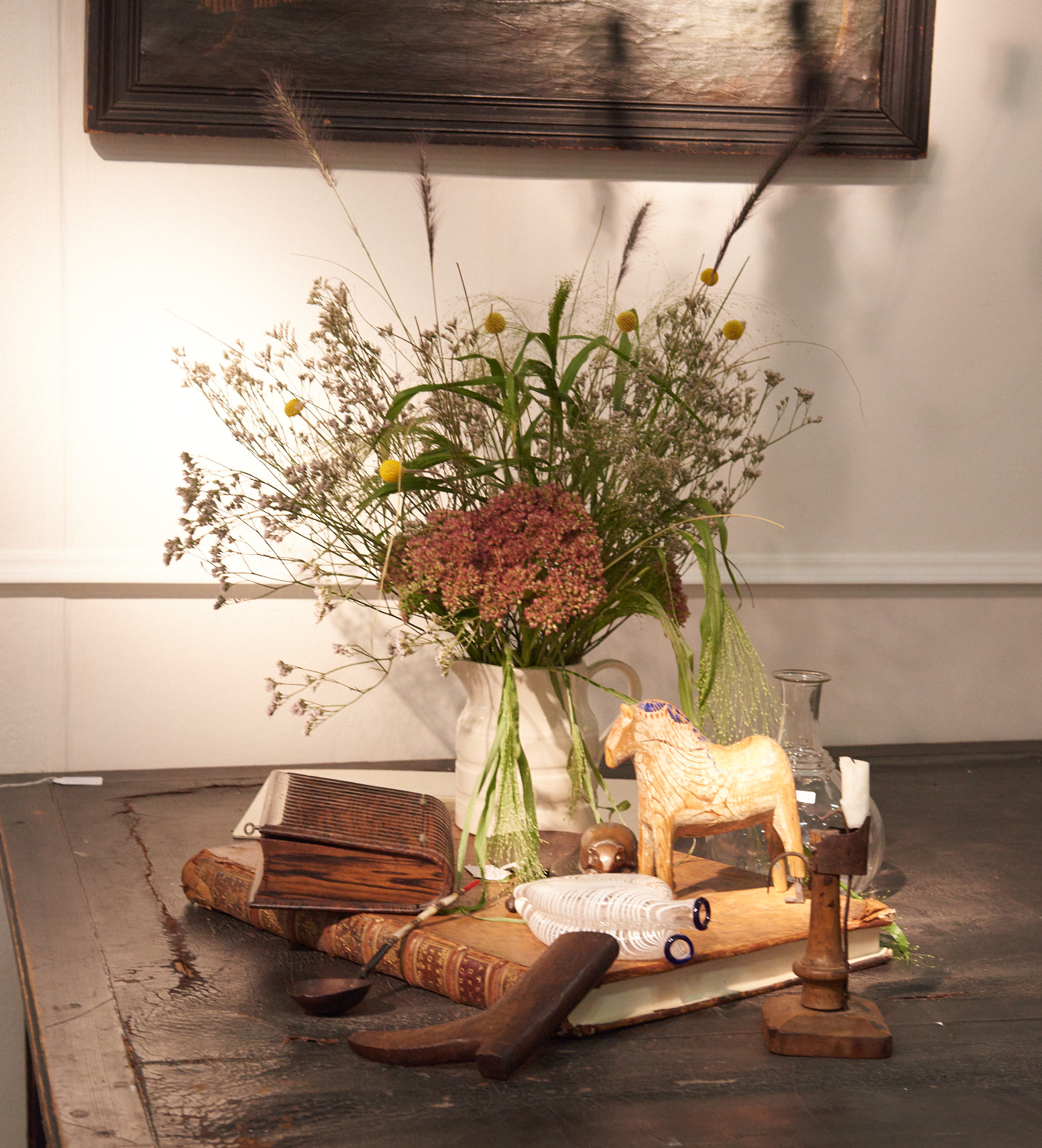Whilst caring for your antiques is a year-round commitment, there are certain things to consider in the colder months. In the grips of winter, you may start to notice that your antiques require more attention. Like other items in your home, antiques are susceptible to the environment around them and will need a specific care and cleaning routine.
Keep reading as we guide you through the steps you should take to holistically care for your antiques throughout the winter months.
Enviroment
Temperature and humidity
It is well known that the temperature and humidity in a room can have a detrimental effect on antiques, including furniture, art and textiles. In winter, the temperature and humidity in your home can often fluctuate, due to the cold from outdoors battling your internal heating – which can often lead to condensation building. potential outbreaks of mould and the risk of your furniture expanding or contracting.
You should always aim to keep your antiques in a room with a stable temperature, away from drafts and heat sources, and balanced humidity levels.
Sunlight
Sunlight is an environmental concern that many antique dealers will talk to you about and, even in the darker months, it is a potential risk to your antiques. Direct sunlight exposure can cause fading, sun bleaching and damage to your antique pieces – especially to art and textiles.
When decorating your home with antiques, you should always consider where you are placing your items and how the light enters the room. This doesn’t necessarily mean to hide your antiques in dark corners of the room but to be considerate as to where they are.
Pest control
During the winter, when temperatures drop to their lowest of the year, you may often find creepy crawlies and furry friends entering your home for shelter from the cold. However, some of these pests can have a detrimental effect on your antiques.
The most common pests to affect antiques are insects like termites, beetles, and carpenter ants that can burrow into wooden antiques, causing structural damage and compromising the integrity of the item. Moths and carpet beetles are also known for damaging antique textiles. They feed on natural fibres such as wool, silk, and cotton, leading to holes and deterioration in antique fabrics.
As part of your antique care routine, you should always be regularly checking for pests, as well as securing the room. Should you find any pests, take prompt measures to remove them from the area, and if any damage should occur, speak to your local trusted antique dealer for advice on restoration.
Storage
If you’re in a position where you need to store your antiques when not out on display, it’s important to do so properly. We often recommend wrapping fragile items in acid-free tissue to protect them from the environment around them.
Especially in winter, it is important that if you are storing your antiques you do so in a climate-controlled environment. Many storage units offer climate control, should you not be able to store your antiques in your home when not in use.
Cleaning and upkeep
Regular cleaning
Part of your year-round antique care routine should always include regular dusting and cleaning. However, in the winter months, you may start to notice excess dust building – this is common for all items in your home.
Make sure that your cleaning routine includes regularly dusting your antique pieces with soft, lint-free cloths, or gently vacuum where recommended. If you’re concerned about which cleaning products are safe to use for your antiques or are interested in professional cleaning, we recommend reaching out to your local trusted antiques dealer for advice.
Polishing and waxing
After cleaning your antiques, some items may also require further treatment, such as waxing for wooden furniture or polishing for metals and brass.
In the winter, you may notice that some of your antique wood items appear dryer or you see less shine on metals. We would then recommend increasing how often you complete this routine or how much product you typically use.
Financial Protection
Insurance and documentation
Even if you follow this guide to a T, there is always a chance that something could happen to your antiques beyond your control. Therefore, we thoroughly recommend ensuring you have proper insurance coverage and detailed documentation for each item of your collection, including extensive and updated photographs and descriptions.
If you have these in place, should anything happen to an antique in your home, you should be covered to restore or replace the item.








